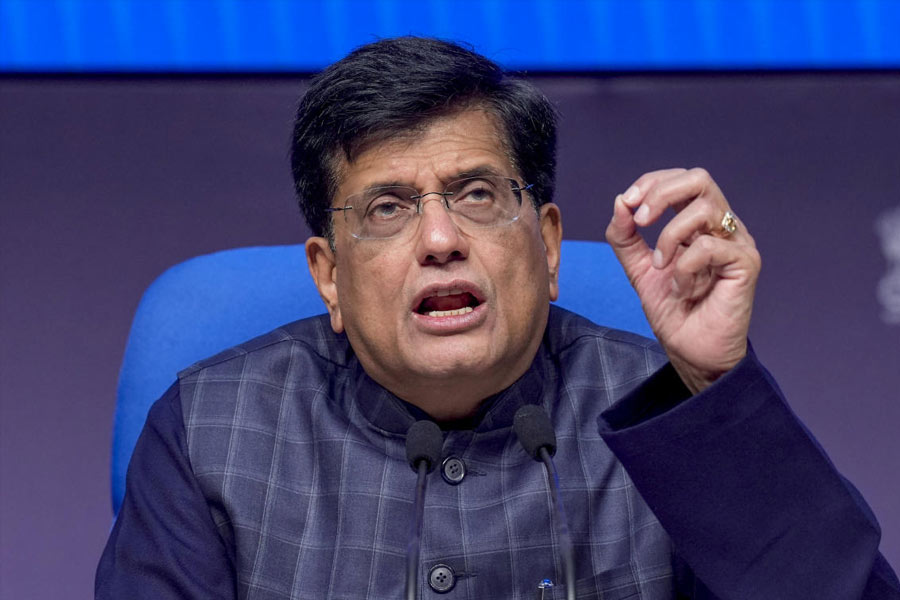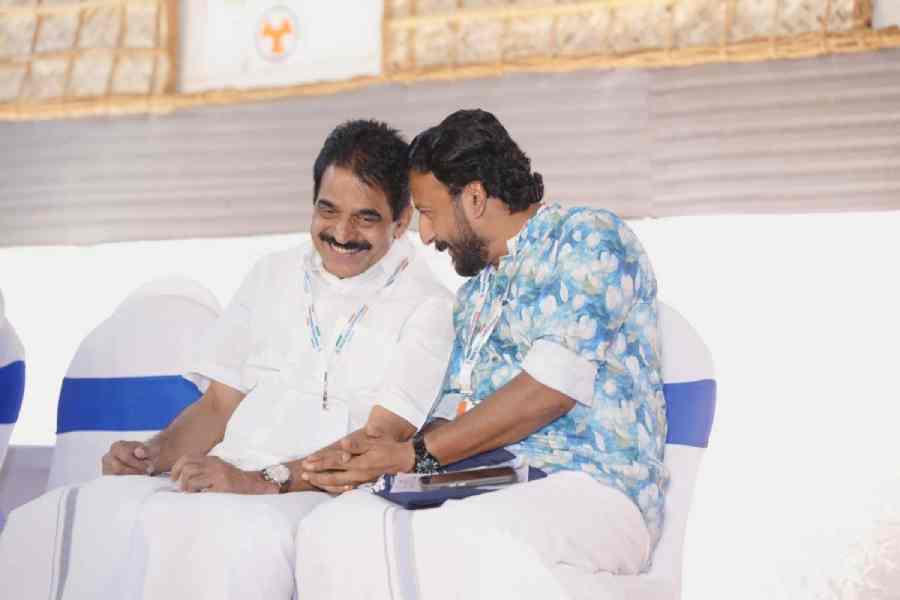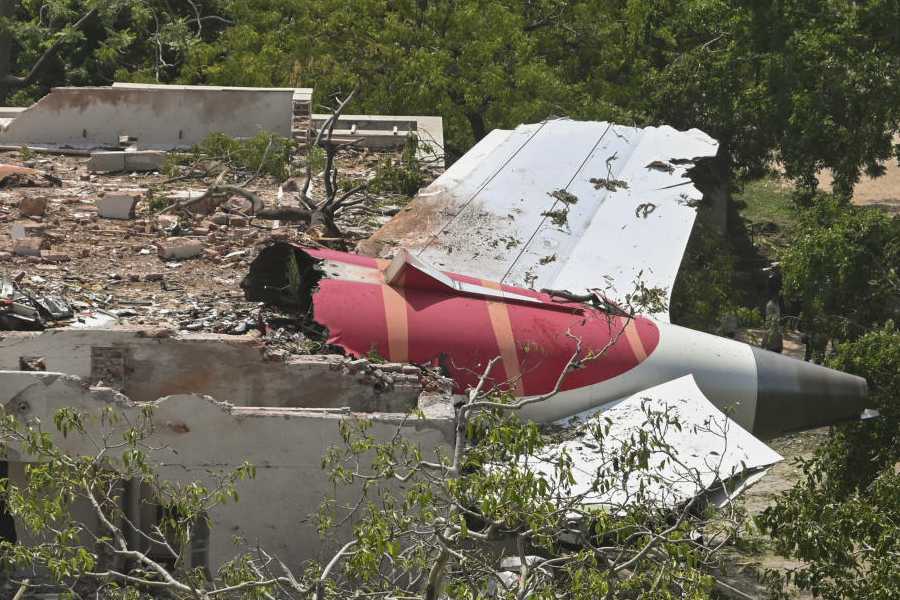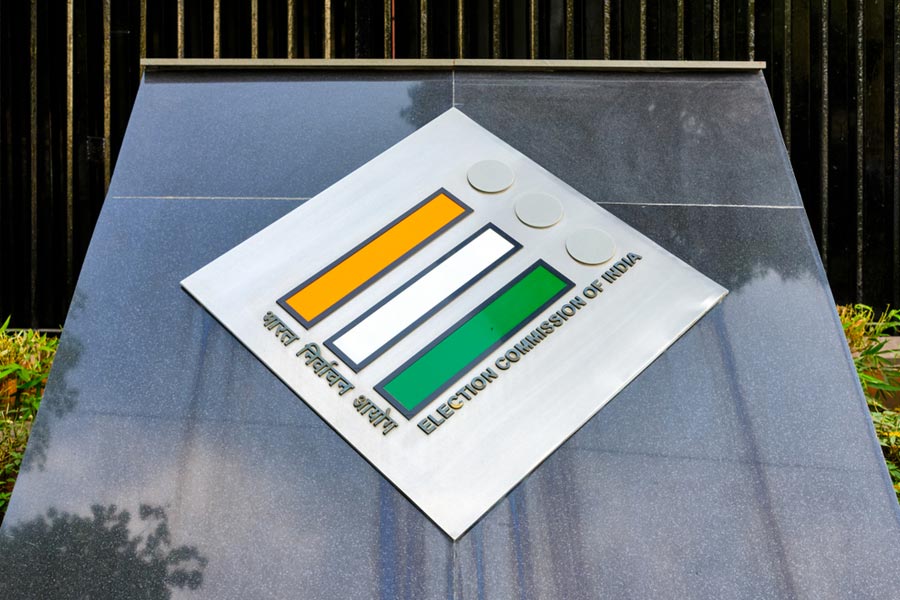 |
Video sculpture? At first the term seems an oxymoron. Can a medium that’s materially two dimensional and tenuous be deemed sculpture that’s essentially three dimensional and tactile? But if you visited the ingenious show hosted by CIMA recently, you would understand what it was all about. Organised by Max Mueller Bhavan and Institute fur Auslands beziehungen e.V, it brought together the works of 17 artists from Germany, although they were not all German, nor even all European. However, in their search for new forms of expression, in their attempt to extend art language in this electronic age with the kind of urgent, subversive romanticism you associate with, say Goddard, they are, temperamentally, European.
The average viewer, more bemused than amused, was besieged by images and sounds that were capricious, sardonic, abrasive, acerbic, and which seem to have sprung from a wry nihilism of attitude not uncommon in technologically advanced societies. And it is the oppressive omnipresence of technology ? specifically, the electronic media ? that both inspires and provokes expressions that both deify and debunk it.
Interestingly enough, the pioneer in this field is, we are told, Nam June Paik, from Korea who drew sustenance from two traditions, as seen in the installation, Buddha Looking at Old Candle TV. It radiates a wealth of suggestions ranging from the ironic to the philosophic that cannot be explored in a brief review. His set of colour lithographs, Evolution-Revolution-Resolution with its robotic figures erected with images of radios was more bantering in tone, if also somewhat loquacious.
Anna Anders’ video installation showing footage of two guards, presumably in galleries, was amusing as a subtle psychograph of man watching in Desmond Morris’ sense of the term. A companion piece was Klaus von Bruch’s How to Become a Good Soldier, where a human face was mutilated by low-angle lighting into a grotesque mask.
Not surprisingly, there surfaced concerns such as the finitude of things and the fragmented nature of experience which human logic tries to weave into a comprehensive perception. Hence Franziska Megert’s morphing video images, recalling a spiteful Athena in the myth of Arachne, composed a striking if rather facile dirge on decay. Marcel Odenbach’s video installation assaulted viewers from a fixed geographical point, Venice ? Thomas Mann’s city of death- with bewildering visual scraps from history. Here and more so in Ingo Gunther’s Guillotine what you saw ?and heard ? were arbitrary, unlinked, as in quick channel surfing. Gunther made the viewer lie down and stick his head into a forbidding shaft, subjecting him to chance, abrasive and elusive fragments over which he had no control underlining individual vulnerability with black trenchancy.
But life is all about control, especially (when it comes to) superpower politics. In Wolf Vostell’s low-key 1971 work of rich ambiguity titled Vietnam Symphony, American astronauts romp on the moon as a line referred to Moses’ promised land. Technology “conquered” this promised land but visited devastation on a tiny country half a globe away from America in the name of a suspect promise and was defeated not by guns but by the enemy’s spirit. Vostell’s works indeed reflect a ripe sensibility.
While gimmickry wasn’t entirely absent in some works, Ulrike Rosenbach’s environmental alert, Dieter Kiessling’s teasing play of the real and its image and Von Bruch’s Polaroid series claimed attention, too.










